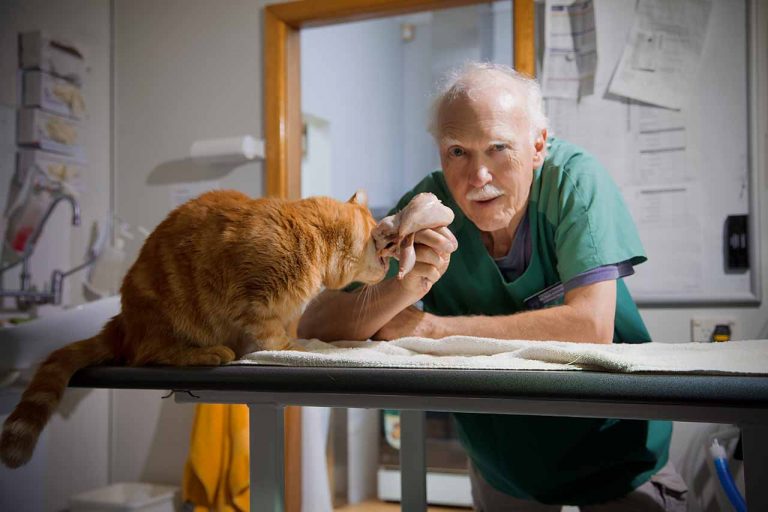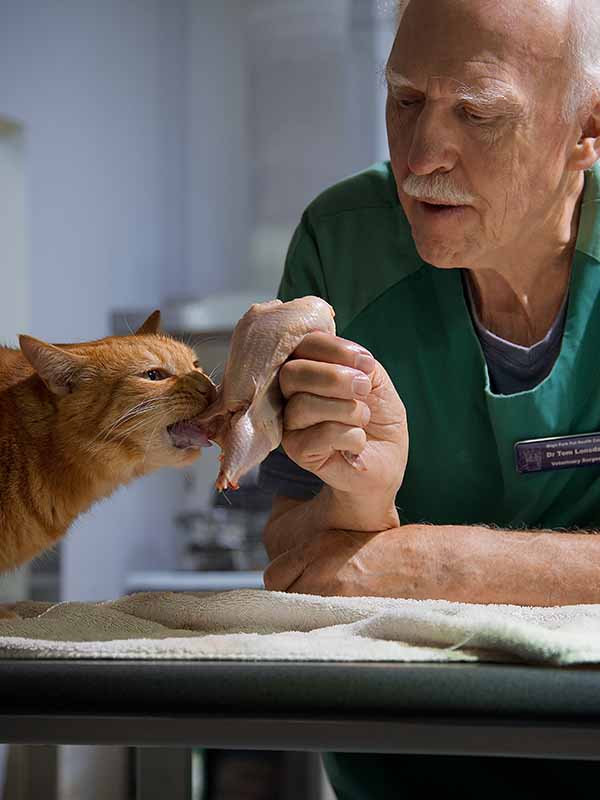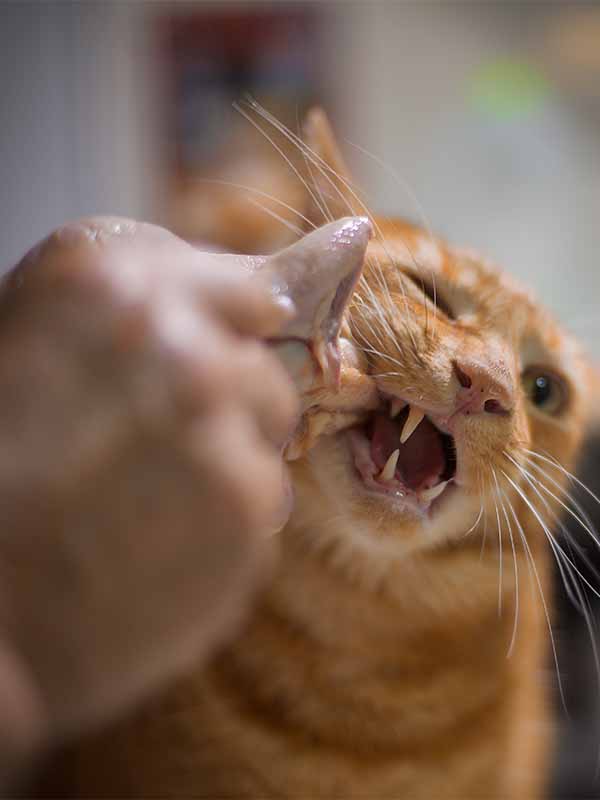Raw Meaty Bones Diet
For Cats
Feed your cat a raw meaty bones diet for improved health and wellbeing.

Feed Your Cat Raw Meaty Bones Diet
Your furry feline is a direct descendant of the wild cats roaming the deserts and oases of North Africa and the Highlands of Scotland.
For optimum health your pet needs a diet of whole carcasses of other animals, fish, birds and insects. Fortunately, the pragmatic, available, affordable option – raw meaty bones – comes to the rescue. Pet ferrets, descendants of European polecats, can be fed a raw meaty bones diet too.
Of cats are considered to be overweight or obese
Obesity is a prevalent health issue among cats, with an estimated 60% of cats in the United States considered to be overweight or obese, according to the Association for Pet Obesity Prevention (APOP). This number has been steadily increasing in recent years, and it’s expected that this trend will continue. Obesity in cats can lead to a number of health problems, such as diabetes, joint issues, and decreased life expectancy. It’s important for cat owners to monitor their cat’s weight and provide them with a healthy raw meaty bones-based diet. Feeding junk food, especially kibble made available 24 hrs, and lack of physical activity are the main factors that contribute to
feline obesity.
Of cats have some form of dental disease
Dental disease, including periodontal disease, is a common health issue among cats, with an estimated 70-85% of cats over the age of three having some form of dental disease. According to the American Veterinary Dental College (AVDC) dental disease is the most frequently diagnosed health problem in cats. Periodontal disease is an infection of the tissues that surround and support the teeth, and if left untreated, can lead to tooth loss and damage to other parts of the body, such as the heart and kidneys. This is a serious concern. If your cat has been fed commercial products, whether cooked or raw, it’s likely affected by gum disease. A raw meaty bones diet prevents the condition. However, before commencing a raw meaty bones diet, it may be beneficial to have a prior dental examination and treatment.
Starting Cats On A Raw Meaty Bones Diet
Kittens and some adult cats instinctively recognise wholesome natural food the first time it’s offered to them. Unfortunately, the great majority of adult cats when first started on a raw meaty bones diet tend to be less than enthusiastic and need some coaxing.
Making the change can be a tricky business and we need to get a good grasp of the task at hand. Do you rattle the packet before pouring the fishy pellets into a
bowl? What do you say to Kitty as she comes running? Maybe your feline seldom stirs except to nibble on the kibble sitting in the bowl 24 hours per day? Maybe the furry feline entwined round your legs signals the need for you to open the refrigerator and, with a tap on the tin, serve up the pungent canned food.
Feeding rituals differ, but timing, taste, texture, sight, sound and smell all play a part. Kitty is quite likely ad- dicted to these powerful stimuli and you, as the carer, have likely grown accustomed to the ways that worked best for you.
You have literally fed the addiction.
Now imagine the future with your lithe feline crouched low as she tucks into chicken necks, quail and whole raw fish. That’s the successful end point.
If your cat is young and healthy you can start making the change.
However, if your cat is overweight, suffers from dental or other medical problems, then you will likely first need to consult your vet before you embark on the diet changes. (Fat cats should not be starved, as it can lead to liver failure.)


Useful Change Techniques
Work with your cat, not with her addiction. Stopping 24-hour access to food is the essential first step. Instead, start a once-a-day routine at, say, 6 pm. Kitty’s biological clock will soon synchronise, and her anatomy, physiology and behaviour will all line up, on time, in the kitchen. (Remember Pavlov’s dogs with the ‘conditioned reflex’? They salivated to order at the sound of a bell.)
Once the new routine is established, the switch to natural food can get under way.There are several ‘tricks’ either singly or in combination that should help.
Hungry cats are always more willing to sniff, lick and ultimately eat new foods. So, reduce the amount of commercial canned or dry food offered. (Do not fast or starve your cat for more than 24 hours.)
Settle on one meat, for instance chicken, that you wish your cat to become accustomed to.
Taste and texture of raw meat are the two things you need your cat to accept. (Gnawing on bones comes later.) So, chop a few strips of chicken meat and cover with commercial food in a bowl.
Over successive days feed less commercial food and more raw meat.
When raw meat is accepted, try increasing the size of the pieces until chicken necks and wings replace the chopped chicken.
Other tricks involve slightly searing the meat in a pan or under the grill. You can try mixing canned fish juices with the meat or dusting it with powdered kibble.
Slitting the skin and making deep cuts into the meat of chicken wings or drumsticks and stuffing canned food inside may tempt your finicky feline.
You can try tying a chicken wing on a string and playing a game of pounce and catch.
If you own several cats they can compete with and learn from each other.
Perseverance pays and ten days is usually sufficient time to switch the diet of a difficult cat. It’s best to let your cat become an accomplished chicken eater before introducing quail, rabbit, fish, day-old chicks or similar food items to the diet.
A further round of patience and trickery may then be needed.
